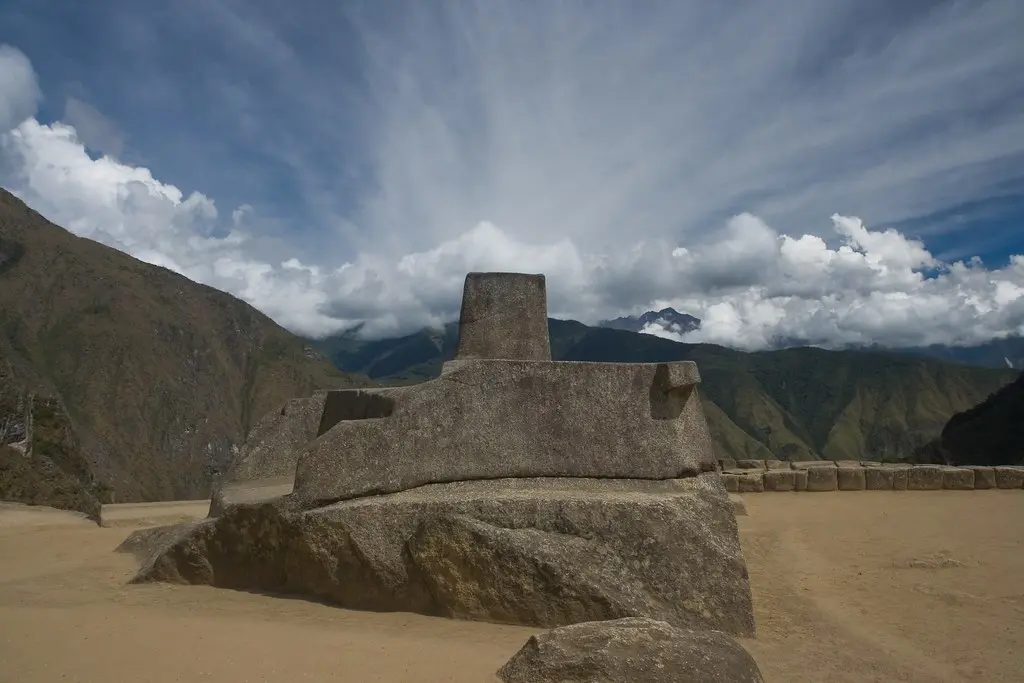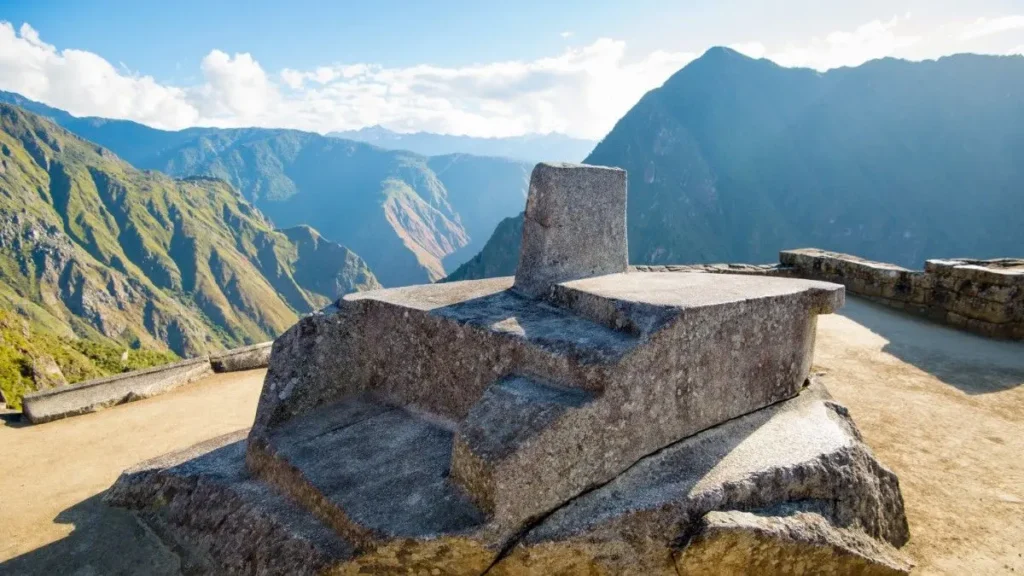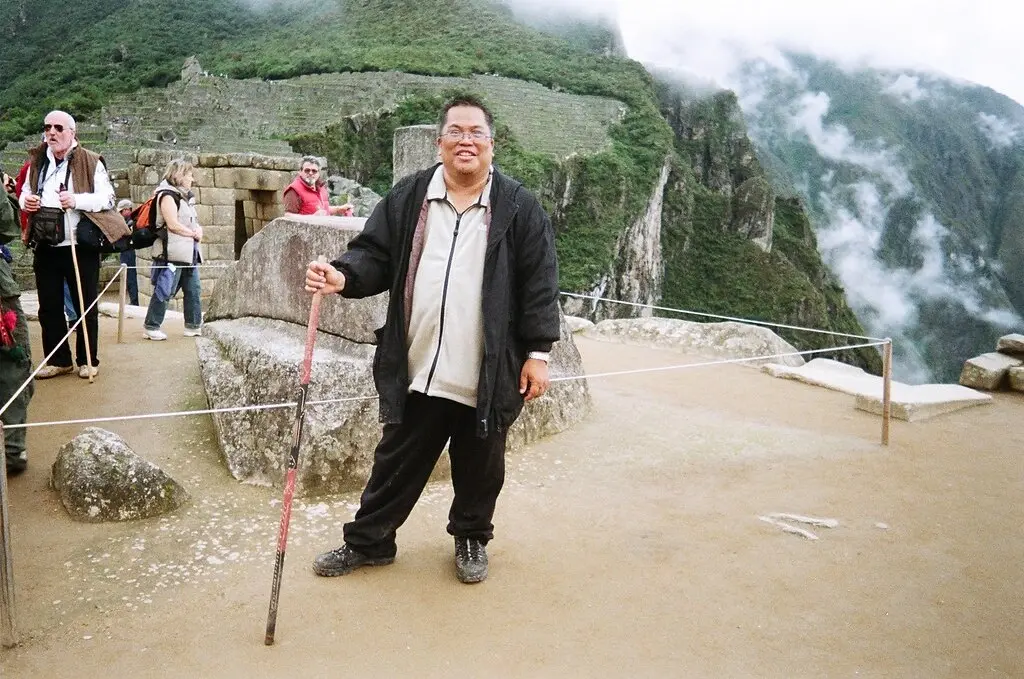The Mountain of the 7 Colors also known as Vinicunca or “Rainbow Mountain has become one of the most iconic destinations in Peru. But what is its origin and why does it have such vibrant colors? In this blog, we explore its fascinating history, cultural significance and everything you need to know to visit it.
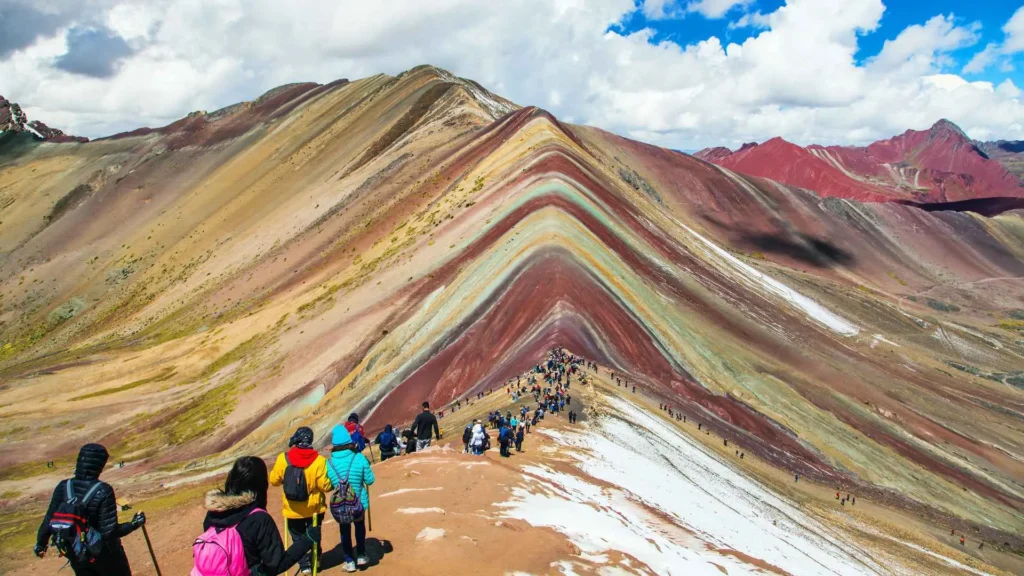
- Location: District of Pitumarca, Cusco region, Peru.
- Altitude: 5,200 meters above sea level.
- Distance from Cusco: Approximately 3.5 hours by car.
History and Meaning of the Mountain of the 7 Colors
Geological origin
Vinicunca is the result of millions of years of geological activity. Its colored stripes are due to the combination of minerals in the sediment layers:
- Red: Iron oxide.
- Yellow: Iron sulfide.
- Green: Chlorite and clays rich in magnesium.
- White: Sandstone and calcium carbonate.
- Purple: Mixture of clay and manganese oxide.
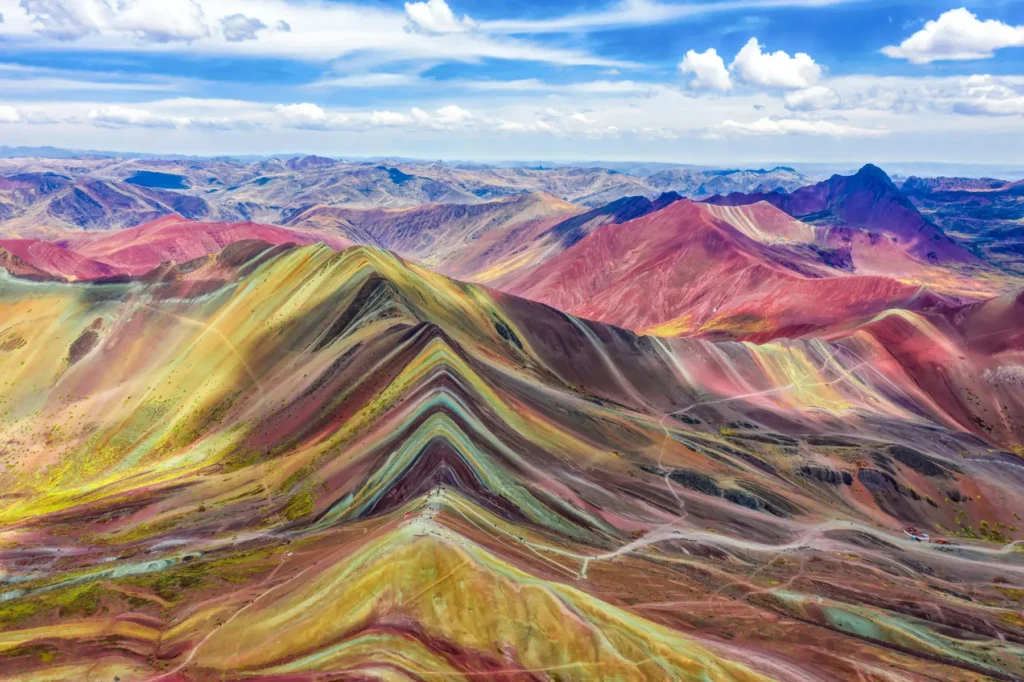
Although it always existed, was not until 2015 that it became popular as a tourist attraction, thanks to viral photos on social networks. Before, it was covered by snow and was not as accessible.
Cultural Significance
For the Andean communities, Vinicunca is an important Sacred Apu (mountain spirit), related to protection and fertility. Some locals make offerings (pagapus) before starting the trek.
How to get to Vinicunca?
1. Organized Tour (Recommended)
- Includes: Transportation, guide, breakfast and lunch.
- Departure from Cusco: Between 3:00 and 4:00 am.
- Duration of tour: 12-14 hours (full day).
2. Self-employed (Advanced Option)
By car: To the village of Pitumarca, then continue by local transport to the beginning of the hike.
By public bus: Take a bus to Cusipata and then a shared cab.
What to Expect from Trekking?
- Difficulty: High (due to altitude and steep slope).
- Duration: 1.5 to 2 hours uphill (3-4 km).
- Maximum altitude: 5,200 masl (may cause soroche).
Recommendations:
- Acclimatize 2-3 days in Cusco before the trip.
- Bring water, snacks and sunscreen.
- Wear warm clothes and trekking shoes.
- Consider renting a horse (optional, for those who do not want to walk).
Best Time to Visit Vinicunca
- Dry season (April to October): Clear skies, better visibility.
- Rainy season (November to March): Fewer tourists, but risk of rain and mud.
Why has it become so popular?
Instagram effect: Its vibrant colors make it perfect for photos.
Adventure tourism: It attracts travelers looking for unique experiences.
Proximity to Cusco: It is an accessible excursion from the city.
Conclusion: Is it worth visiting Vinicunca?
Yes! Although the trek is demanding, the reward of seeing this natural wonder is unforgettable. If you like unique landscapes and adventure, is a mandatory stop on your trip to Peru.
